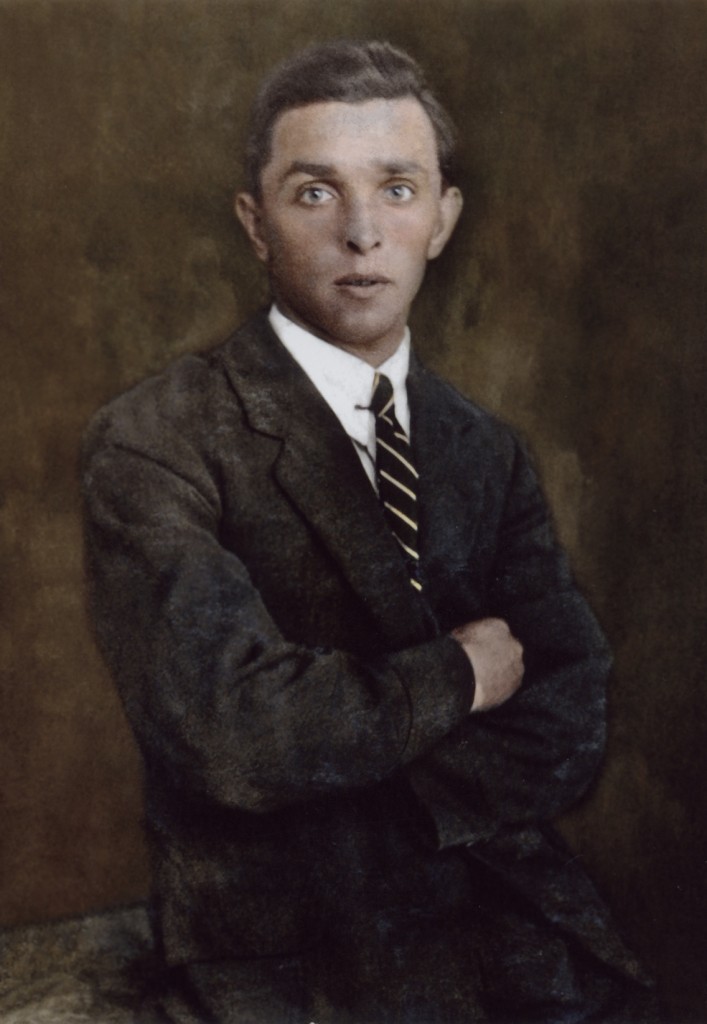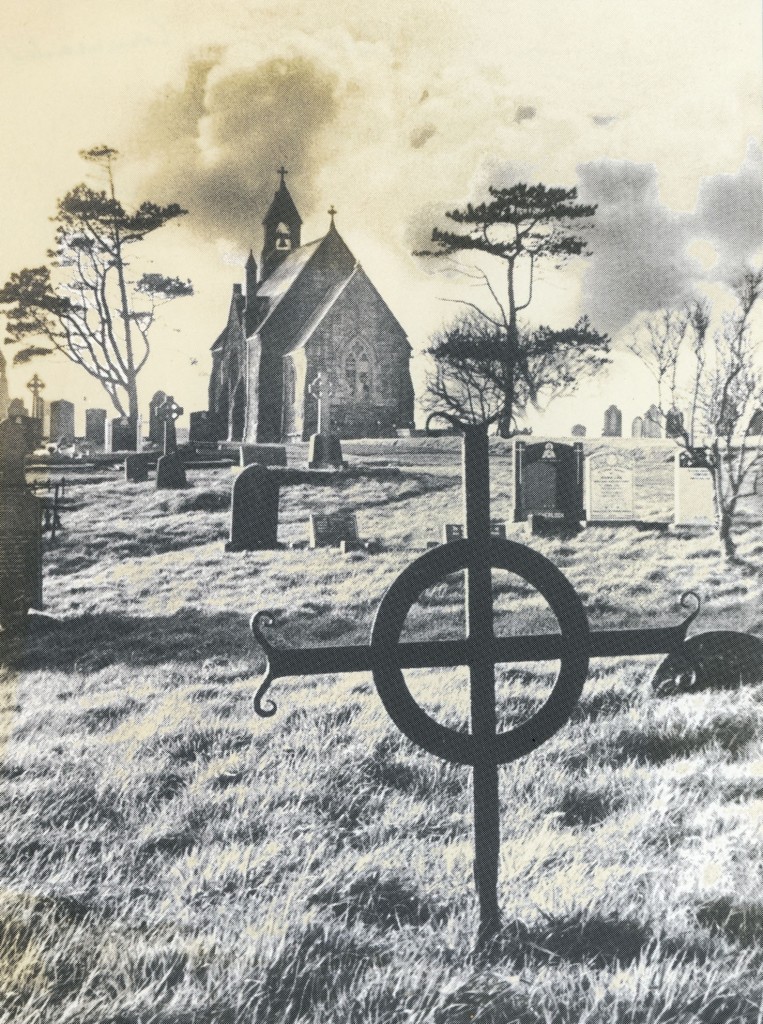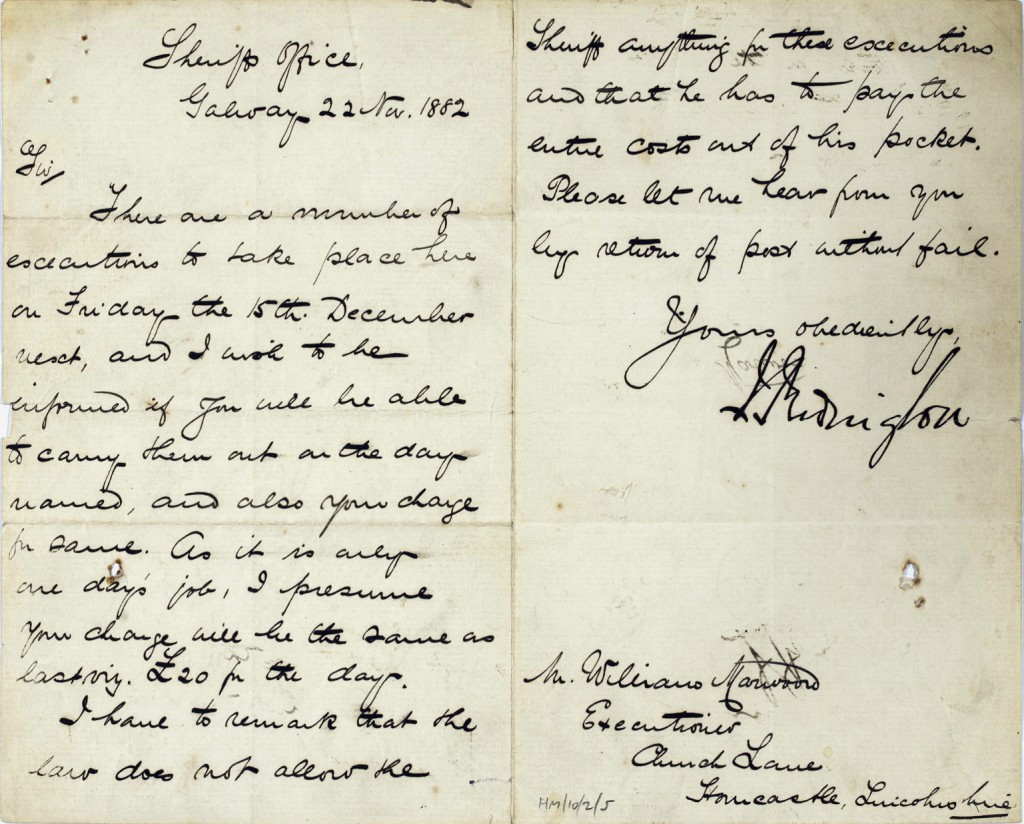Old Galway
Macnas, 30 Years of Mayhem and Magic
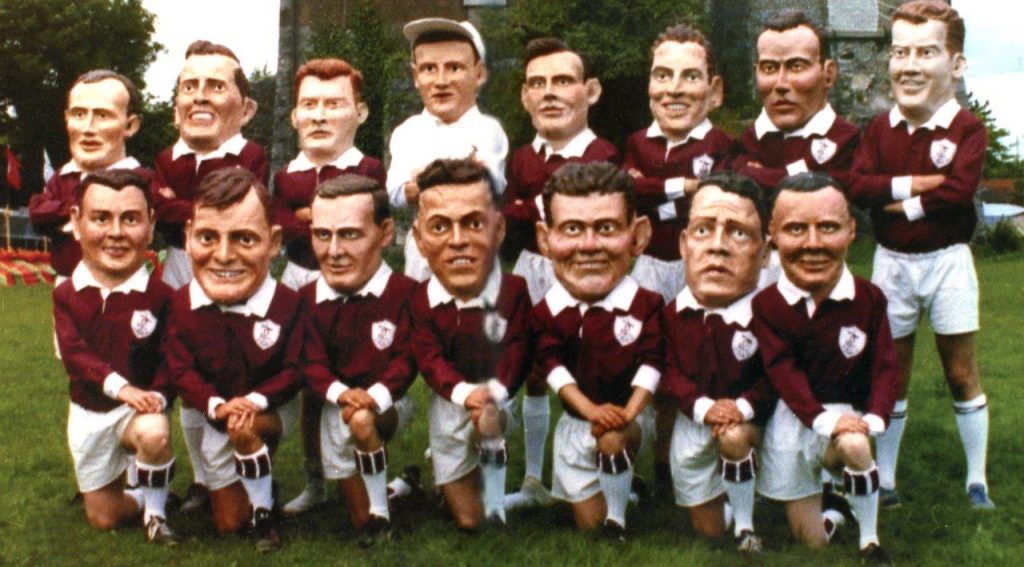
MACNAS , noun, the frolic-like behaviour of a young calf let out to grass for the first time after being kept inside all winter; joyful abandonment; dalliance; wantonness.
It is hard to believe that Macnas is 30 years old, it seems to be one of those organisations that stay forever young. It was set up by Ollie Jennings, Páraic Breathnach, Tom Conroy and Pete Sammon. They had been greatly influenced by a number of groups who had come to the Galway Arts Festival, Footsbarn, 7.84, Els Commediants etc. They decided to form a company to create spectacles that would be a kind of amalgam of all these groups but with a unique ‘Galway Accent’.
Dangan House,1965
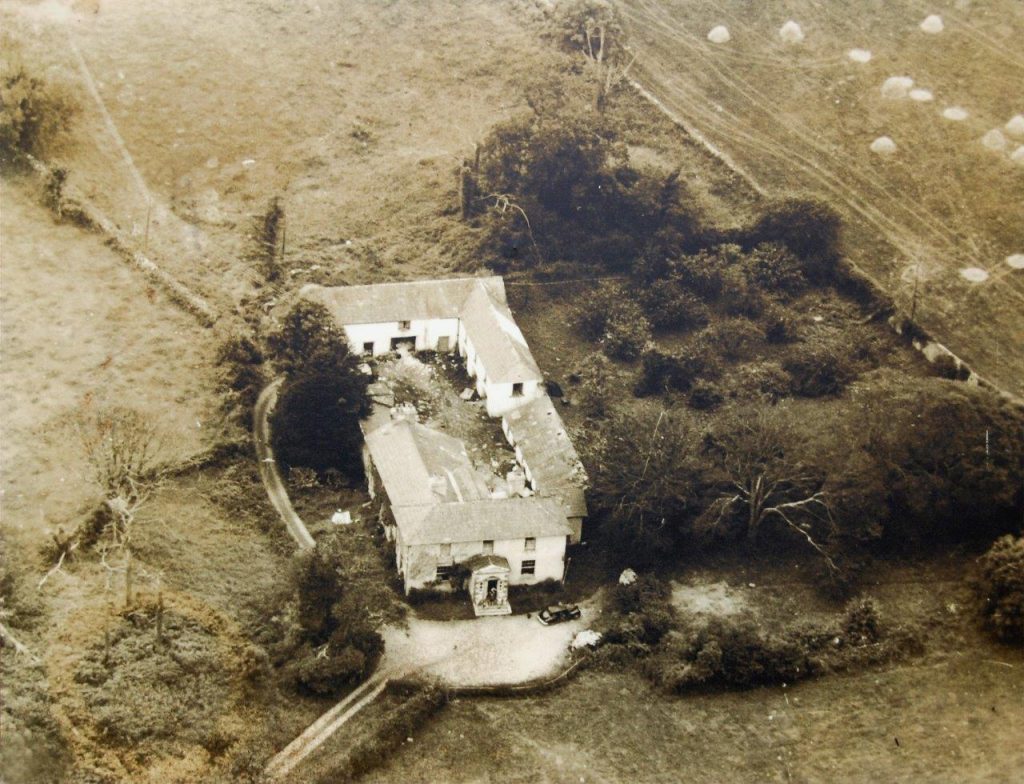
Dangan House, “beautifully situated on the banks of the fine river Corrib” directly opposite Menlo Castle, was built in 1684 as the seat of the Martin family. ‘Humanity Dick’ Martin was brought up there. John Redington purchased Dangan Demesne from Anthony Martin about 1830 and became the proprietor of the townland. It was, for a short time afterwards, converted into an Ursuline Convent. The nuns were there from 1839 to 1844. Dangan House was left to the Board of Guardians of the Galway Union for an auxiliary workhouse until 1854. The only trace of the original Martin building today is the tea-house folly which is on the banks of the river. A nearby property known as Dangan Cottage was leased by a number of American artists in the 1870’s but was described as a ruin in the 1890’s.
St Augustine's Well
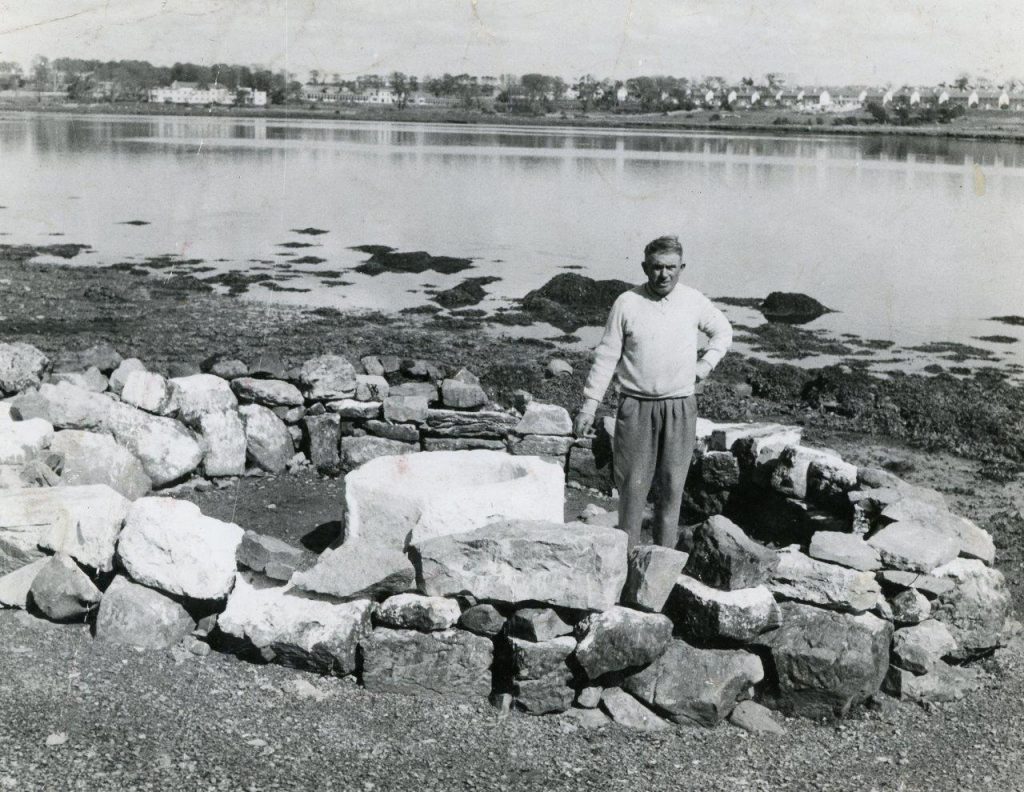
James Hardiman, in his history of Galway, lists seven holy wells in Galway, St. Bride’s in the eastern suburbs; St. Anne’s towards the west of the town near the strand (on Whitestrand Avenue); another further along the shore (St. Enda’s Barna ?); St Bridget’s at the bottom of Red Earl’s Lane on Flood Street; St. John the Baptist’s on Lough Athalia; one dedicated to the Blessed Virgin on Lough Athalia and one dedicated to St. Augustine on Lough Athalia. The last three were all above the high water mark, and on his 1818 map, Logan attributes all three to St. Augustine. O’Donovan’s Ordnance Survey Letters refers to a stone with a cross cut out on each of these three wells.
The Boys Club
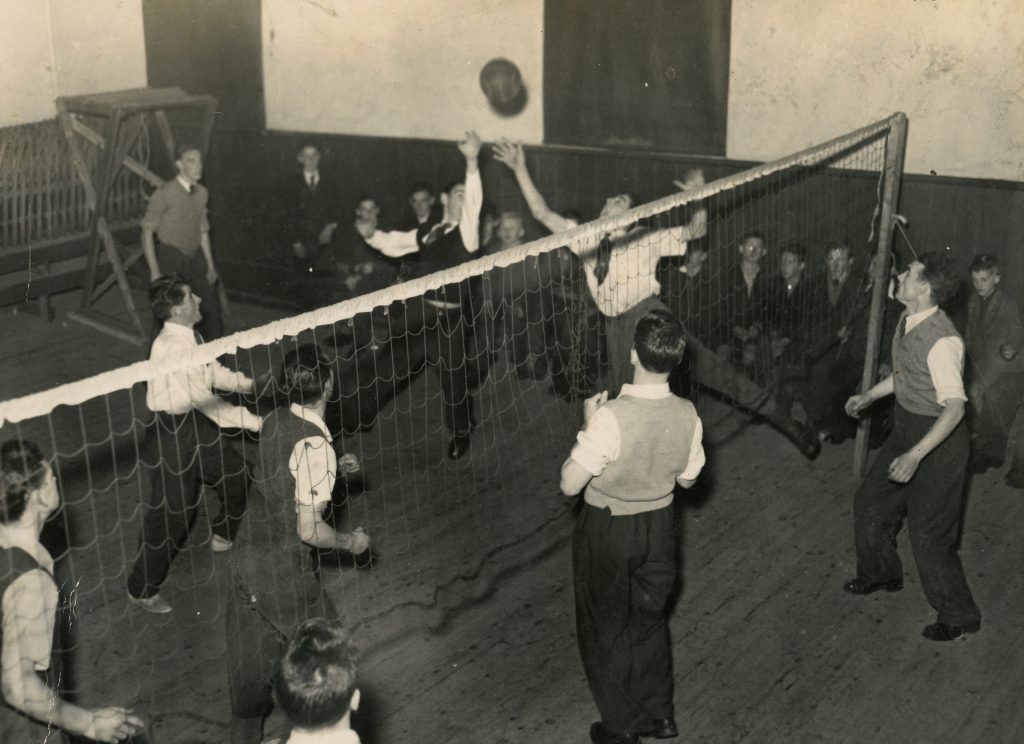
“Our Lady’s Boys Club has taught me three things. First it has taught me a better knowledge of my Religion and its principles; secondly it has taught me to seek to improve myself and thirdly it has taught me that real happiness is to be found in helping others rather than in seeking self”. These words, spoken in 1960 by a young man who had grown up in the Club and was by then a member of its committee, summed up beautifully the work the Club has tried to accomplish since its foundation in 1941.
The Custom House
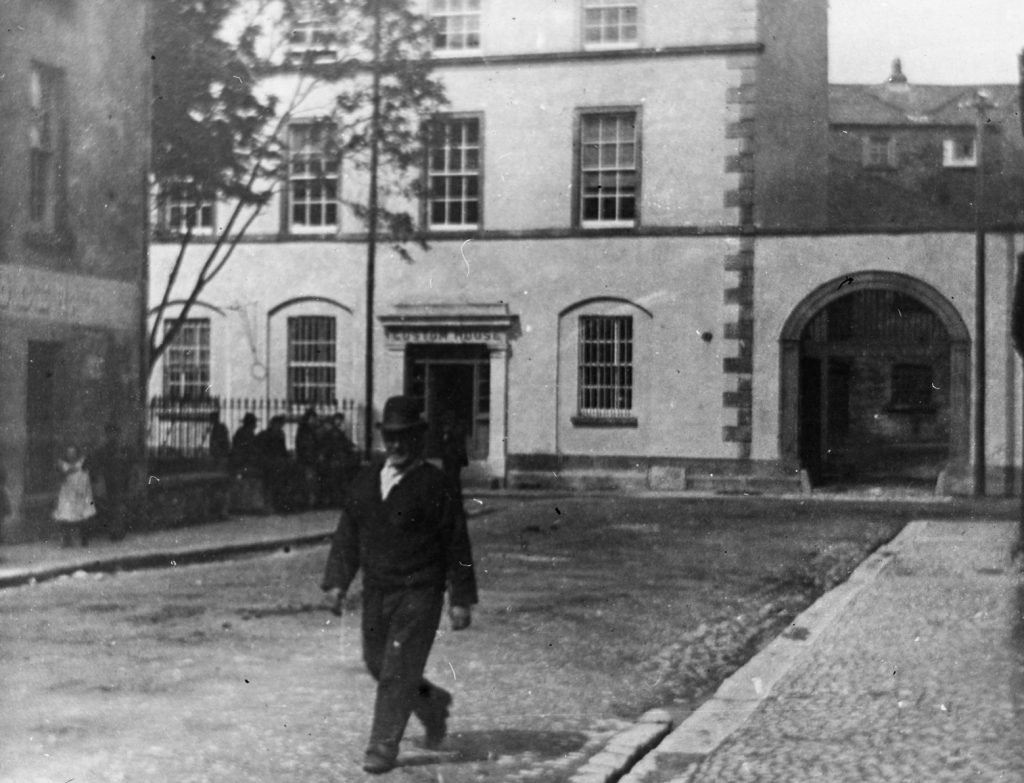
In 1232 AD, the Anglo-Norman De Burgos came to Galway where they ruled for a period of time. They built a castle and defensive fortifications including the old city walls and a medieval hall, the Great Hall of the Red Earl, Richard De Burgo. The street we now know as Flood St. was originally named Earl Street or Sráid Tobar an Iarlaigh and the lane beside it was known as Red Earl’s Lane or Boaher an Iarlaigh.
He went to jail to save his father
Hubert Reynolds was born in St. Patrick’s Avenue in 1902 and shortly afterwards, his family moved to Queen Street. He followed a family tradition when entering the service of the Railway Company as a 15 year old in 1917. He was a boy porter and earned ten shillings for a sixty hour week. From his boyhood, he took an active part in the National Movement and joined Fianna Éireann. During the War of Independence, he was engaged on communications work.
The 'New' Cemetery
In the second half of the 19th century, the overcrowded condition of the graveyards of Galway was an issue which faced the Town Commissioners. At a meeting in mid-April 1873, one person mentioned that in the previous 30 years, almost two and a half thousand burials had taken place in the little cemetery in the Claddagh, largely as a result of the Famine and its aftermath.
A Letter from the Sheriff
On the night of the 18th of August, 1882, 5 members of one family, John Joyce, his wife Brighid, his mother Mairéad, his daughter Peigí, and his son Micheál, were murdered in Maamtrasna on theGalway/Mayo border. The motive for this multiple murder is unclear, but John was suspected of sheep stealing, his mother of being an informer and his daughter of cavorting with the RIC who would have been the natural enemy of the locals. Two members of the family survived the horrific attack; a nine year old boy Patsy who was badly injured, and his older brother Máirtín who was working for a family in a neighbouring farm on the night.

